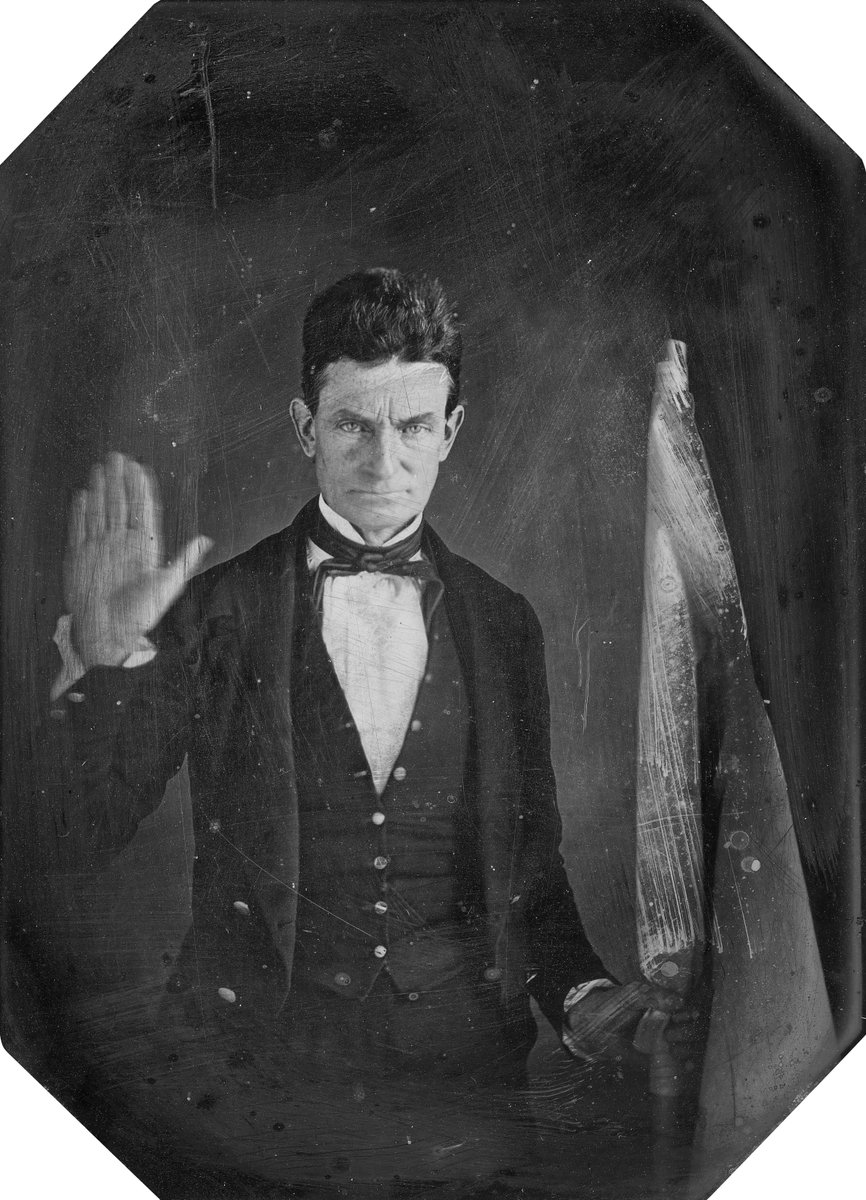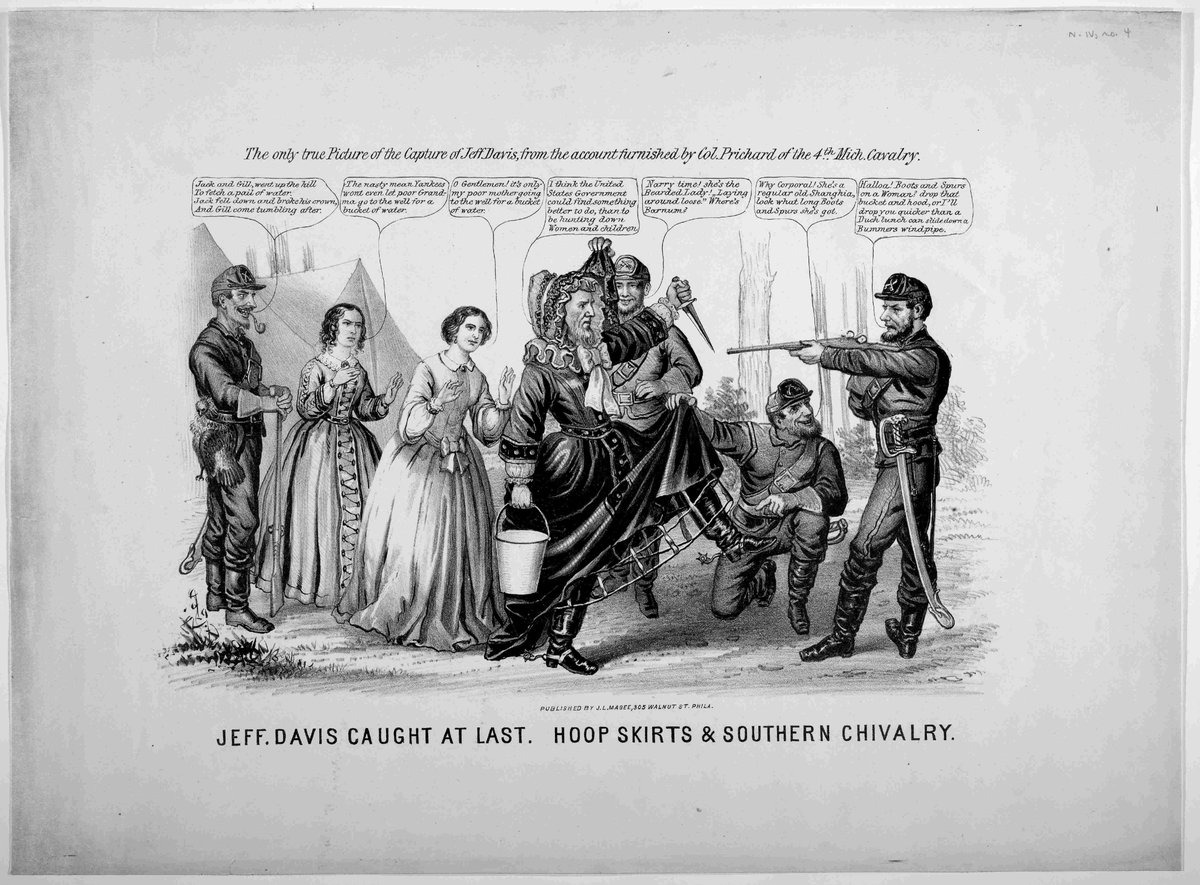
The Battle of Palmito Ranch was fought in Texas #OTD in 1865. The Confederate victory is widely considered the last battle of the Civil War. The battle occurred over one month after Robert E. Lee surrendered at Appomattox and two days after Jefferson Davis was captured. 

Both sides knew the war was virtually over, but a small contingent of Confederate forces refused to surrender near Brownsville, Texas. Many of the men serving under the Union Army there were members of the United States Colored Troops.
A fragile cease fire had been agreed to between the two sides on May 11. However, Confederate Lt. Gen. Edmund Smith of the Trans-Mississippi Department refused to accept the inevitable end of the war.
He ordered a small contingent of Confederate forces to block the Union capture of Brownsville. Although outnumbered, they managed to defeat Union forces at Palmetto Ranch.
However, the governors of Arkansas, Louisiana, Missouri, and Texas had negotiated a surrender while the battle took place, paving the way for official surrender. Union Private John J. Williams was the last man killed in the battle. 

Williams is considered the last of over 600,000 men to die in the Civil War.
#TheCivilWarDoc #PalmitoRanch #Battle #CivilWar #CivilWarHistory #History #USHistory #AmericanHistory #MilitaryHistory #OnThisDay #onthisdayinhistory #TodayInHistory #Texas
#TheCivilWarDoc #PalmitoRanch #Battle #CivilWar #CivilWarHistory #History #USHistory #AmericanHistory #MilitaryHistory #OnThisDay #onthisdayinhistory #TodayInHistory #Texas
• • •
Missing some Tweet in this thread? You can try to
force a refresh















